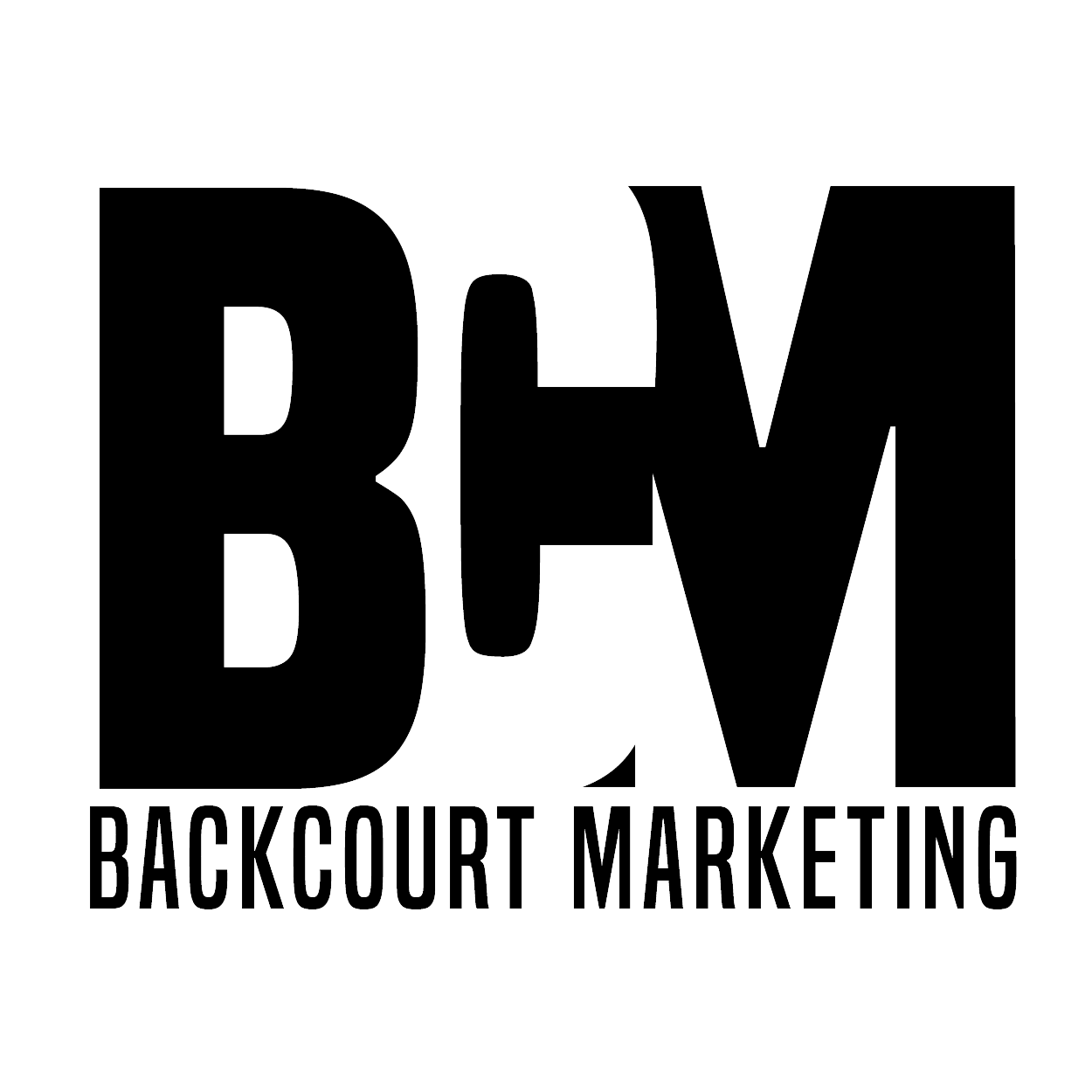Besides having a color palette that is consistent with your brand, have you thought of using colors strategically to drive engagement with a particular element of your site? Typically used in product design and packaging, businesses at all levels have been investigating how colors consistent with a feeling drive reactions to posts. Many brands even revolve their entire social media platforms around colors.
Eye-catching color palettes on a blog’s featured image and call to actions can help your business stand out. Let’s take a look at the psychology behind colors and how you can use them on your website to send a message to your customers and increase conversions.
A study on the impact of color in marketing by Satyendra Singh determined that it takes around 90 seconds for a customer to form an opinion about a product. And, 62-90% of that interaction is determined by the color of the product alone. In addition, research from QuickSprout indicates that 90% of all product assessments have to do with color. And that color is attributed to 85% of the reason you purchased a specific product.
So, which colors should you integrate? That depends on your target audience and the message you are trying to convey.
Red
Red creates a sense of urgency, especially when used in contrast to the overall page or advertisement scheme. It pops off the screen and invokes a sense of urgency for buyers. Businesses use red for call to actions or advertisements for a flash sale.
Blue
Blue ranked as the top color that both men and women found appealing for a brand or site. In a survey by Neil Patel on Colors Affecting Conversions, he found that:
“On color and gender, 35% of women said blue was their favorite color, followed by purple (23%) and green (14%). 33% of women confessed that orange was their least favorite color, followed by brown (33%) and gray (17%)”
Blue associates with relaxation, and for many brands using blue is a safe way to attract without overstimulating.
Green
Green typically associates with healthy living and nature. It performs well for brands looking to connect its audience with environmental issues or associate a product with organic sourcing.
Purple
Purple is historically the color of royalty, wisdom, and respect. It stimulates problem-solving and creativity. Businesses typically pair purple with surveys or mental health products.
Orange & Yellow
Both orange and yellow are cheerful colors that promote optimism. Depending on your site’s color scheme, using these colors as borders to blogs or videos can increase the hits to those particular events because they are more eye-catching than other colors surveyed. Make sure you are communicating feelings of optimism and positivity in your content if you are using these colors on your website.
Black
Black is sleek and works well with every color. Using it as a foundation to your site’s ads or layout can help the other elements of the page or messaging pop. However, black does not translate well as an element for a call to action because it can be easily lost in the layout.
Colors subtly attach emotion to an ad or particular page of your website. Twitter allows you to customize the colors of your profile and the hyperlinks when people visit your page. The colors surrounding your message can be just as profound as the text or image displayed. Make sure you are using a color scheme that helps facilitate that message and drive more conversions.
Join the Backcourt Newsletter for monthly digital marketing insights.

